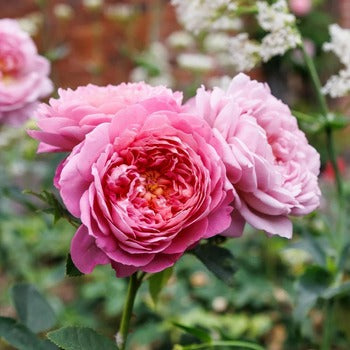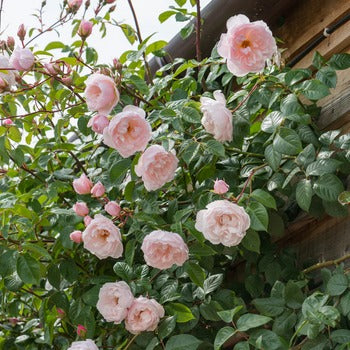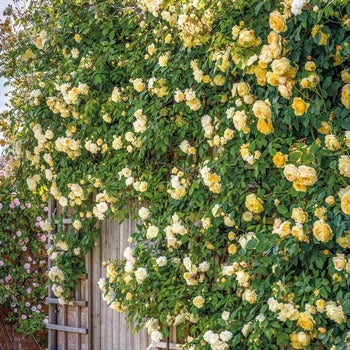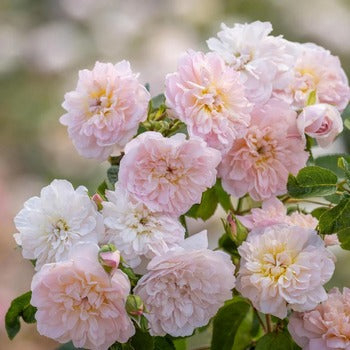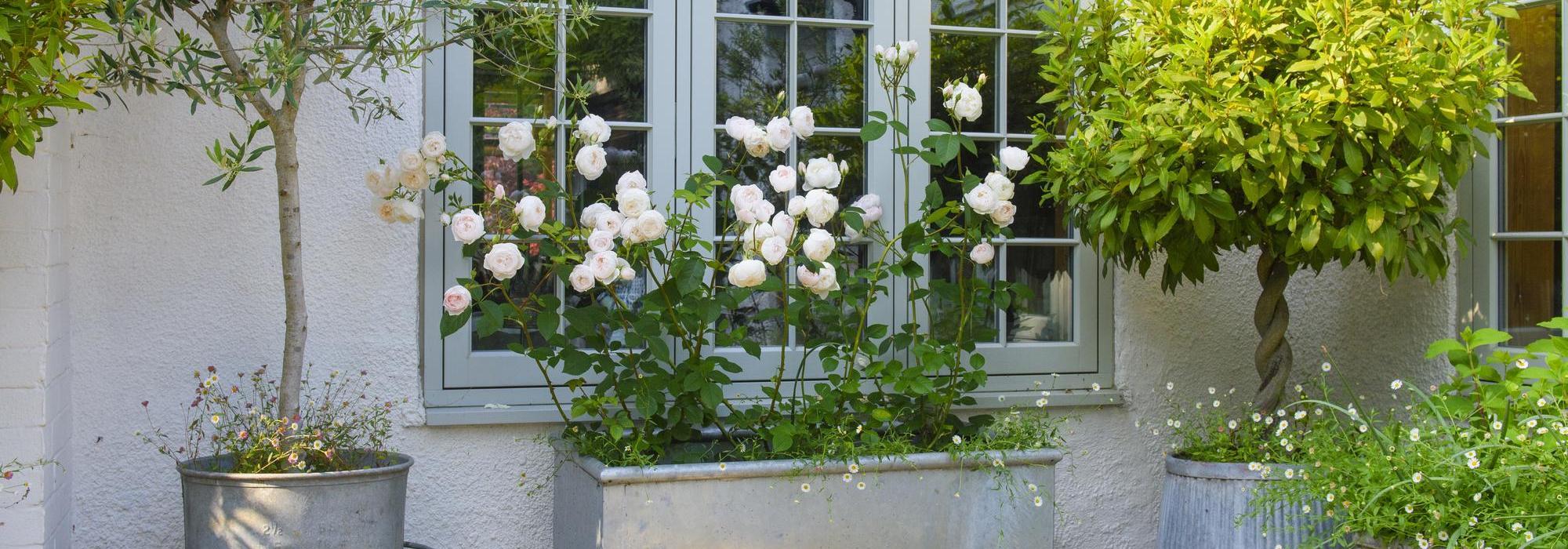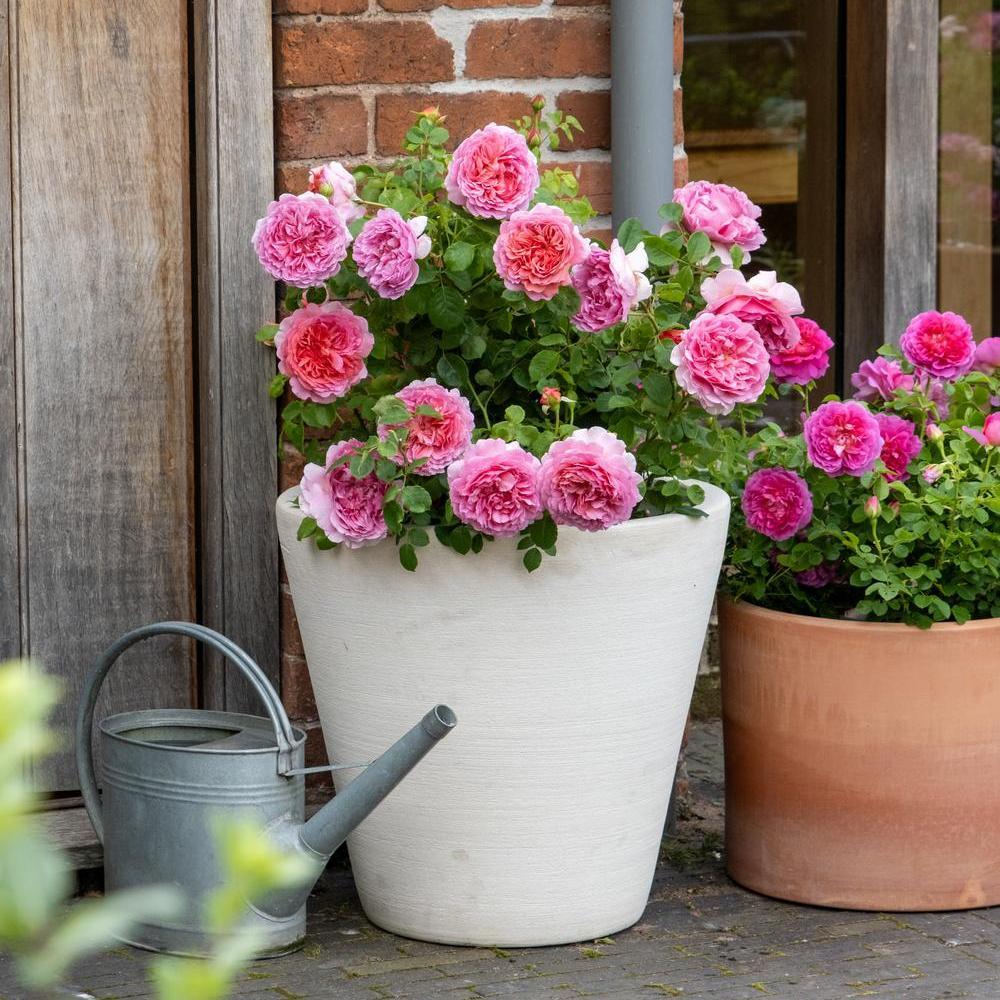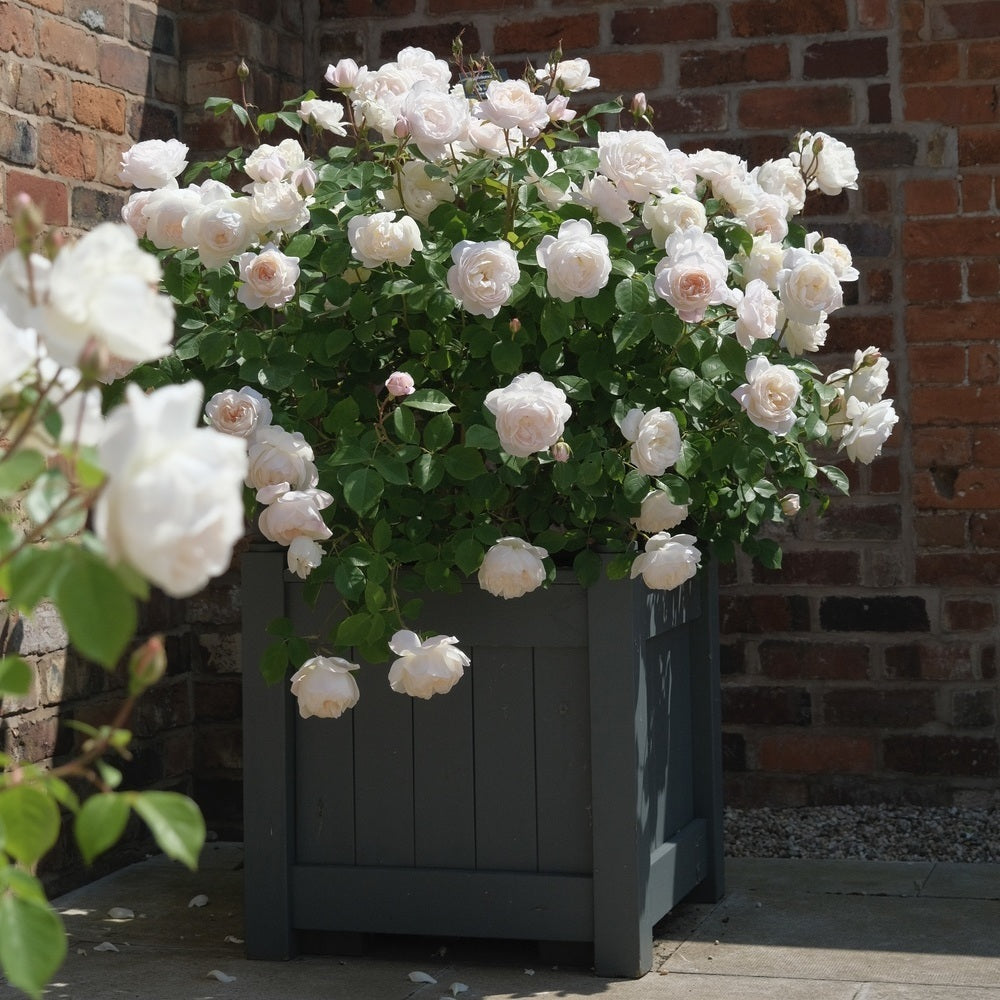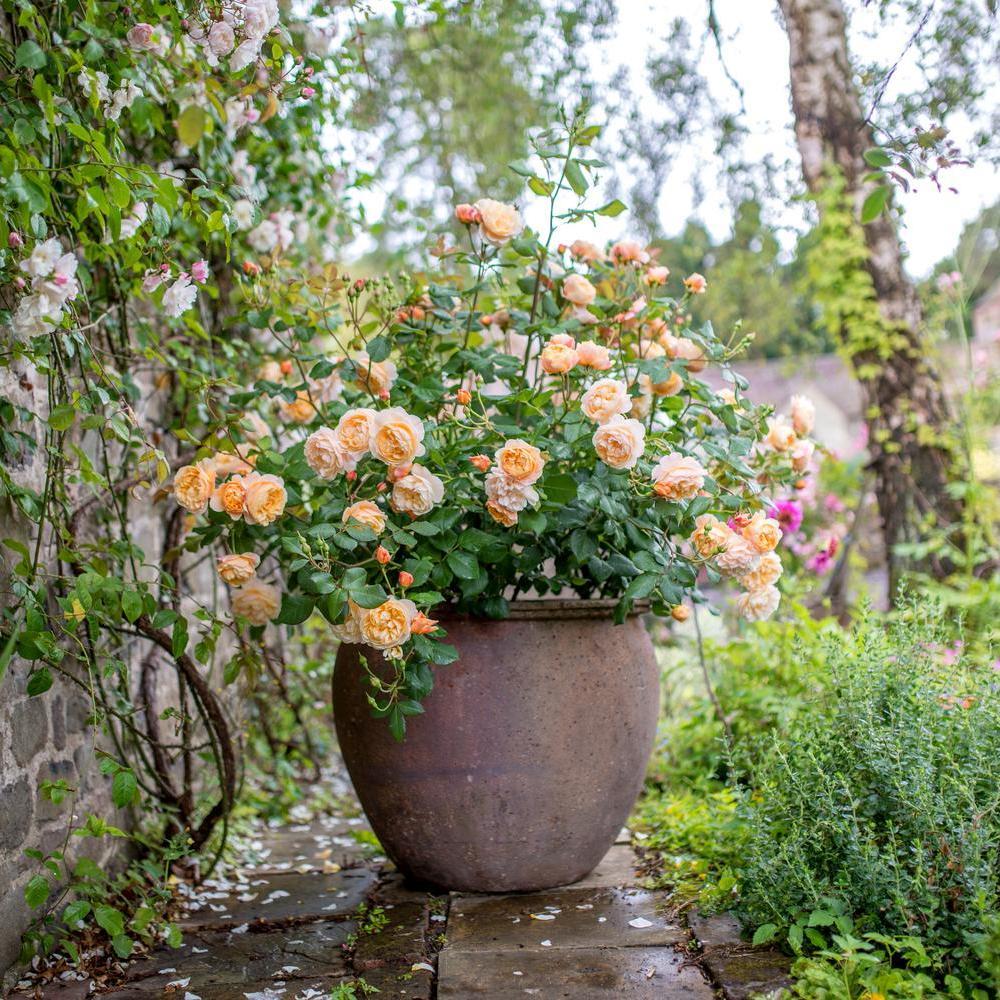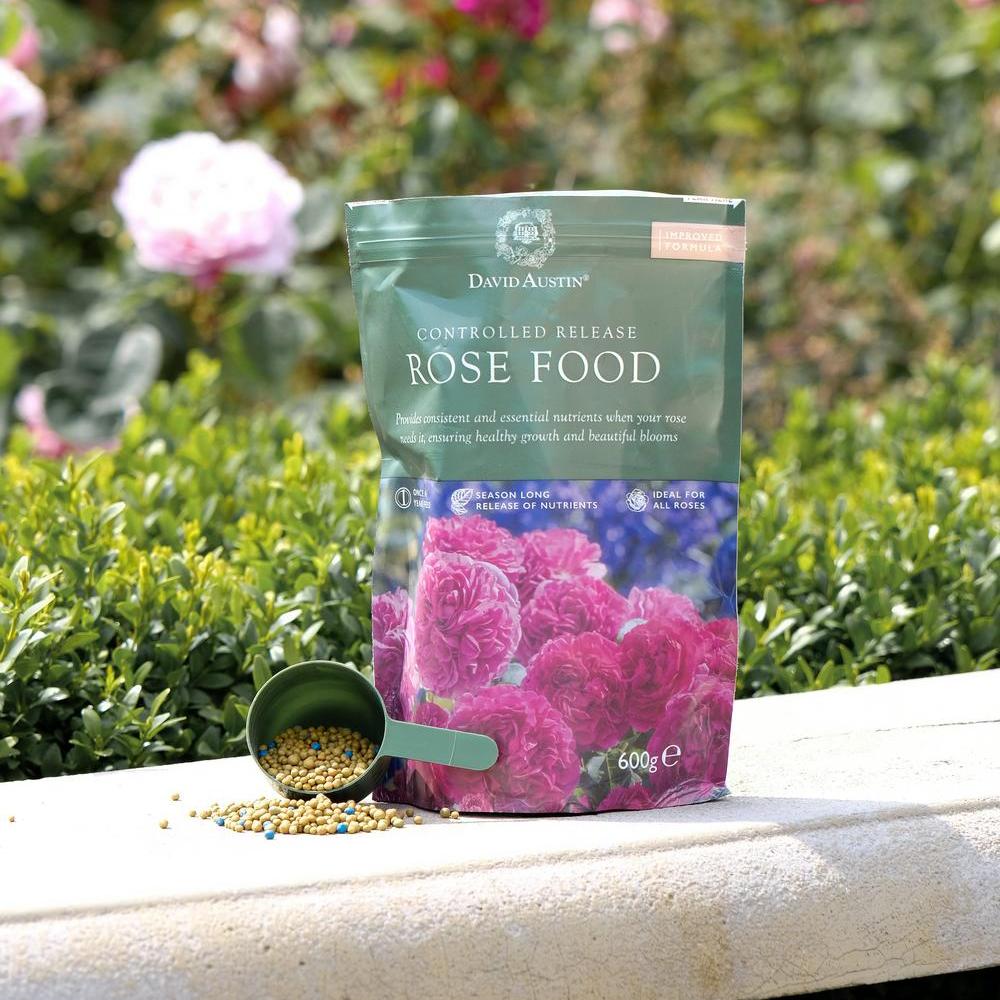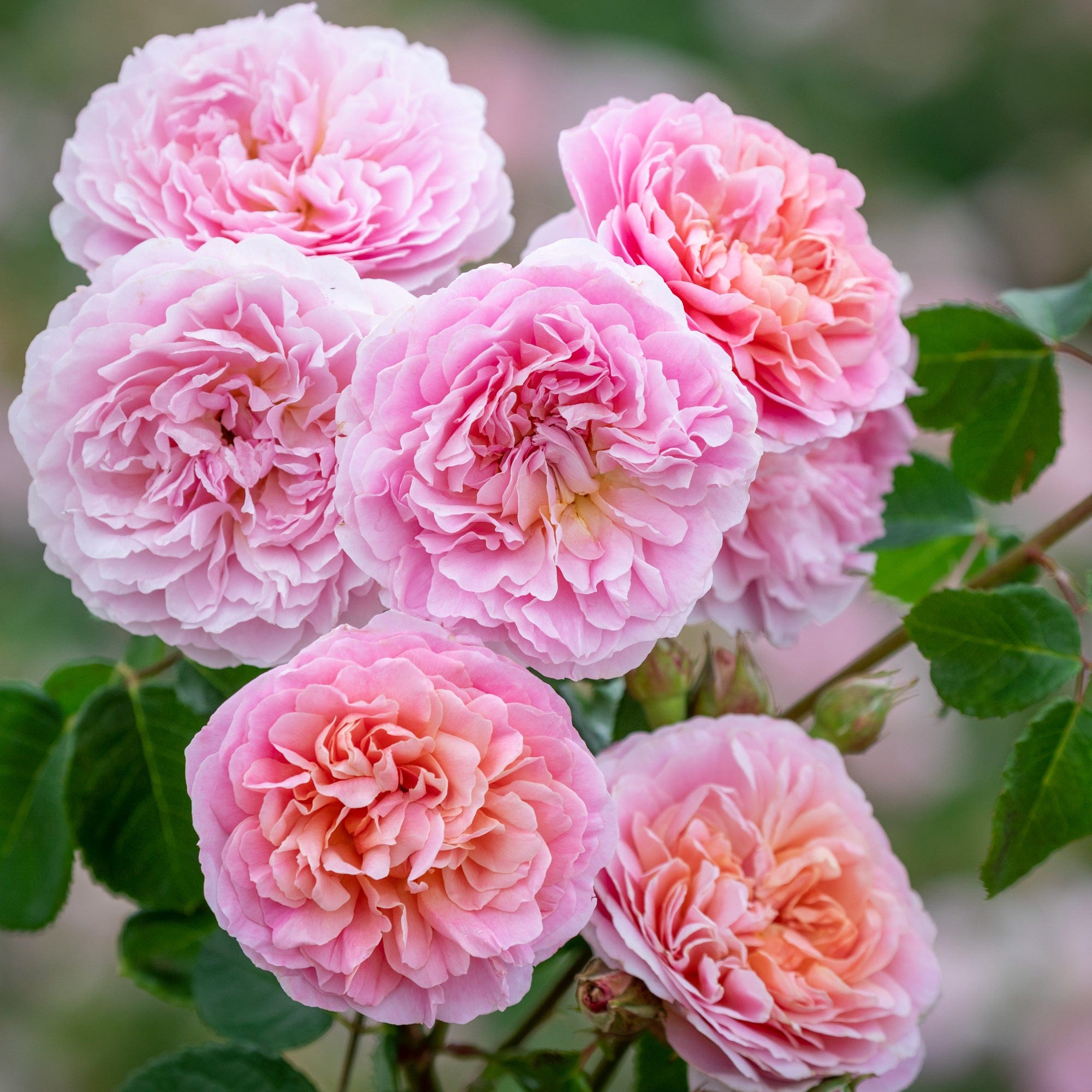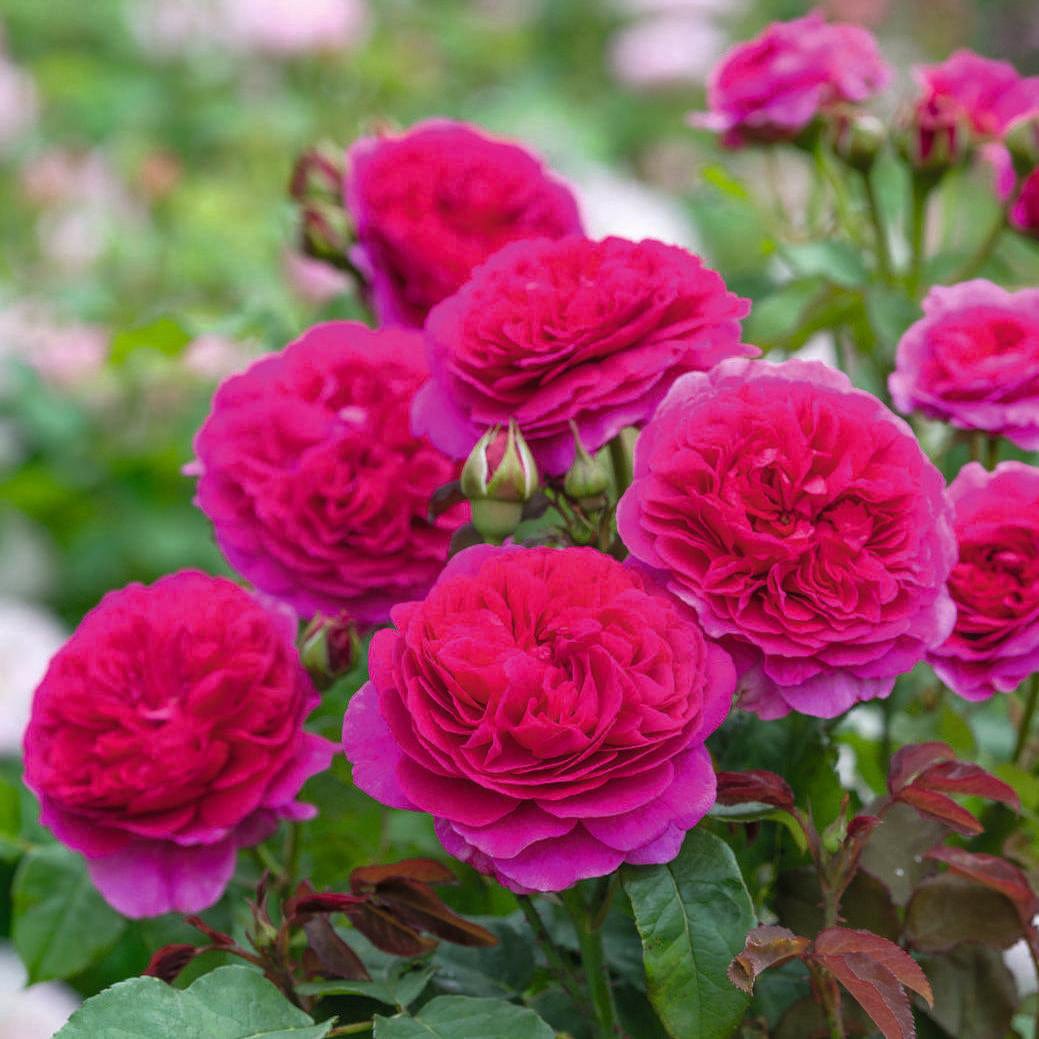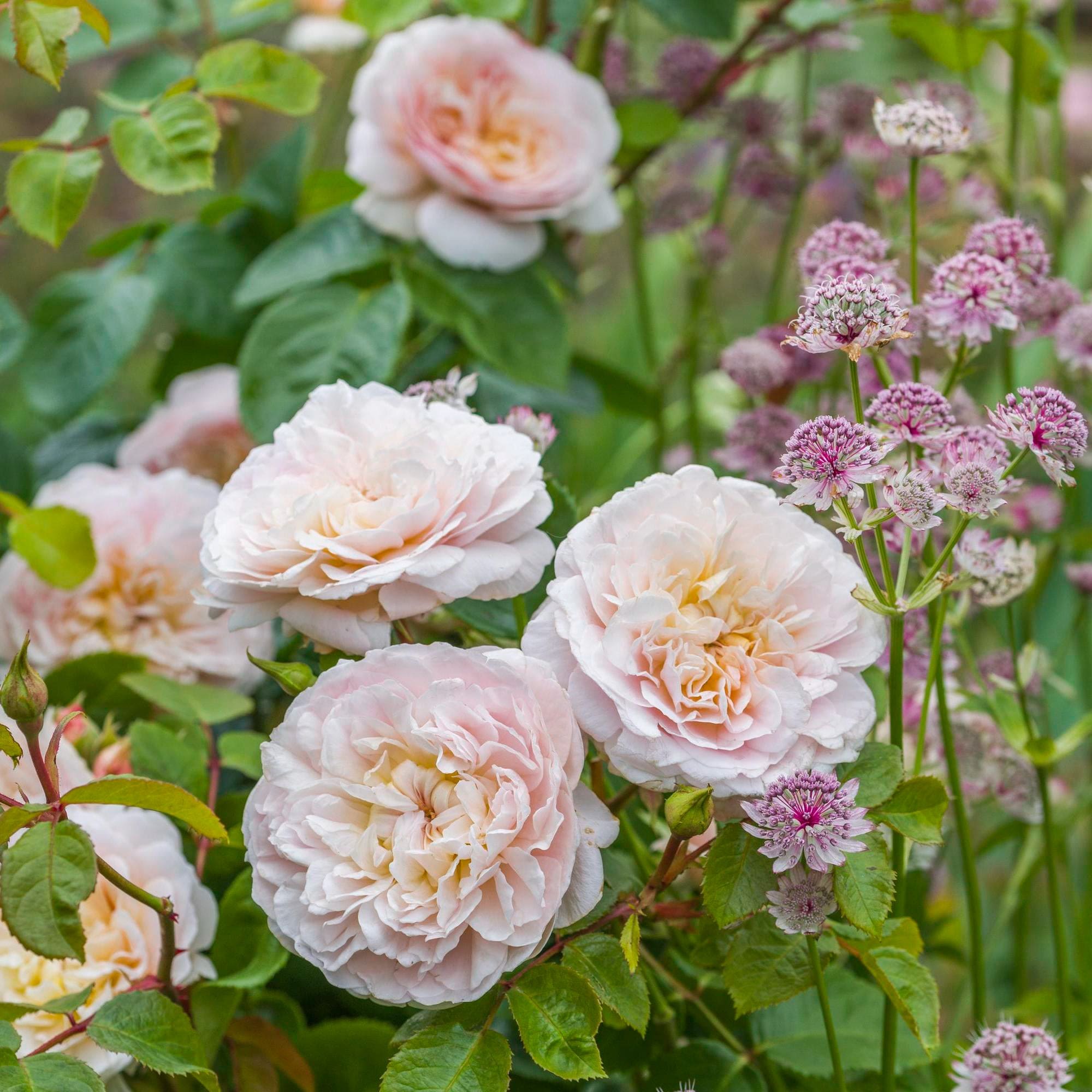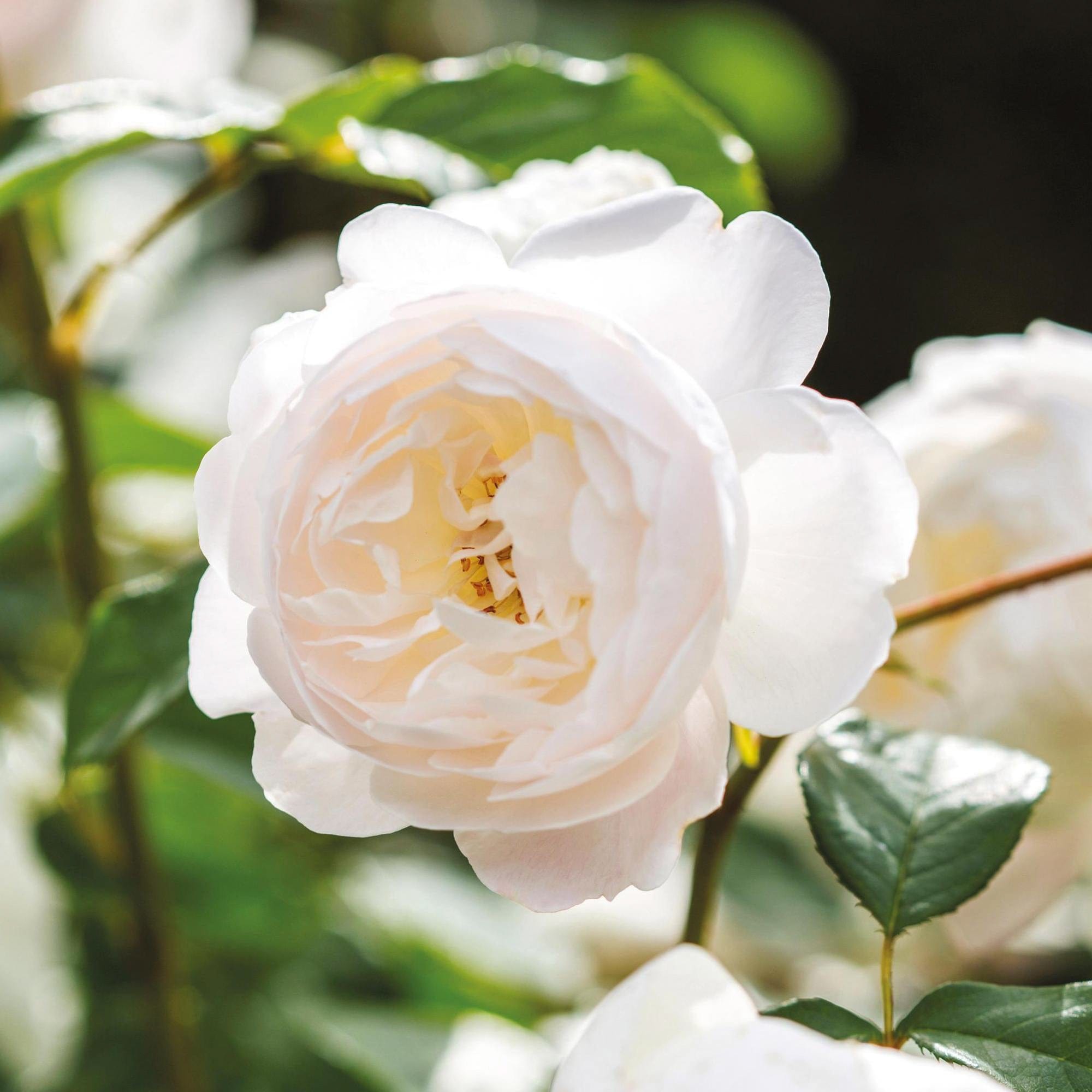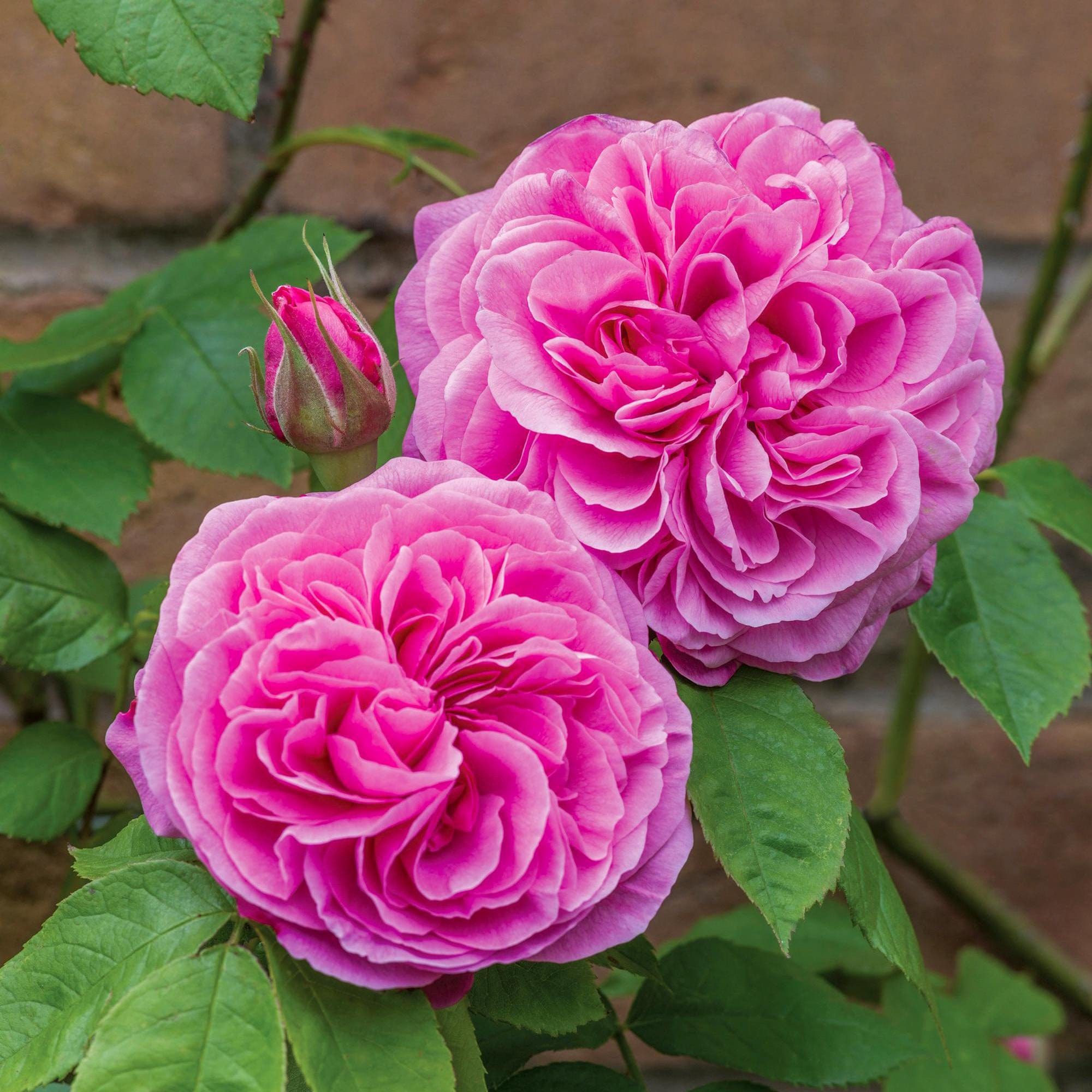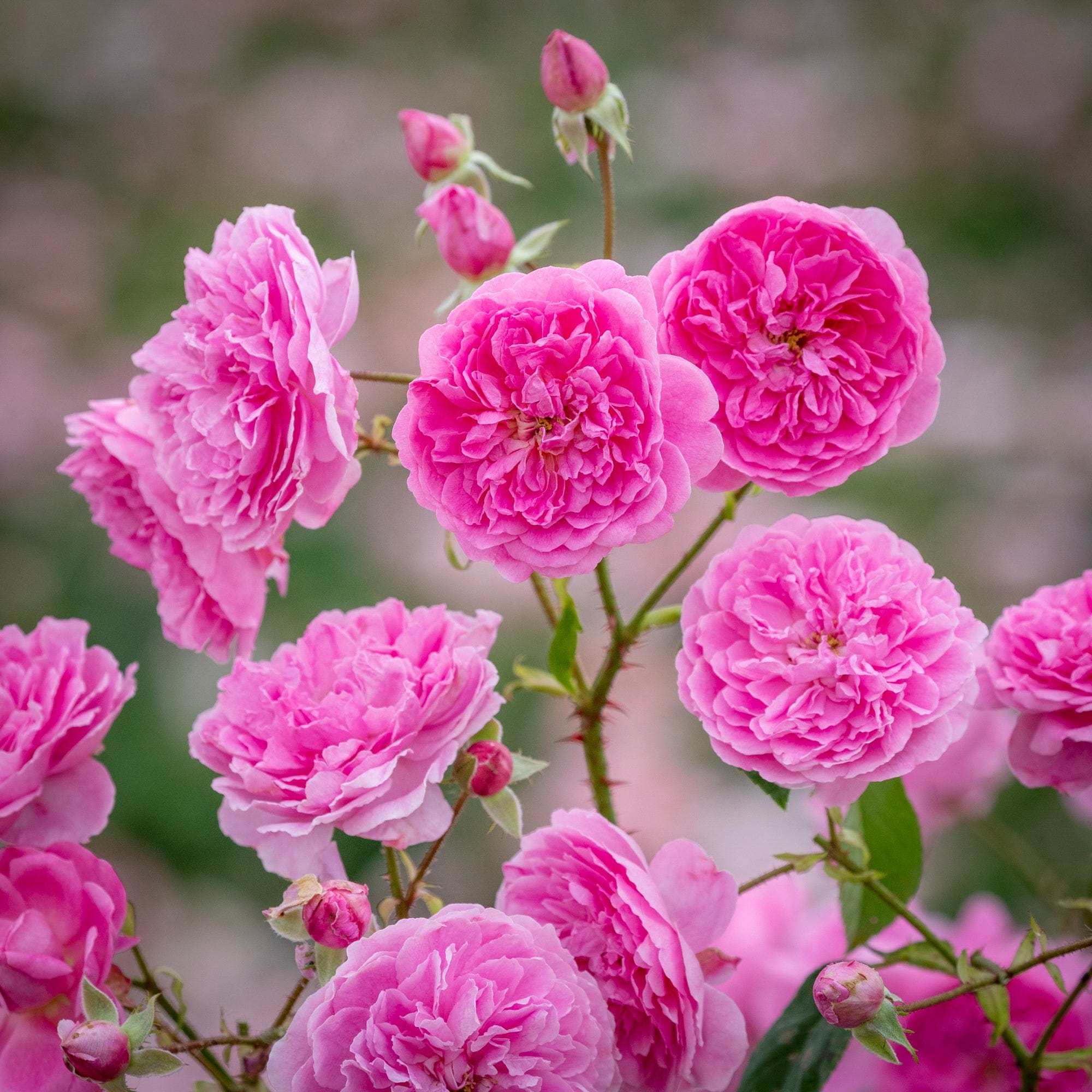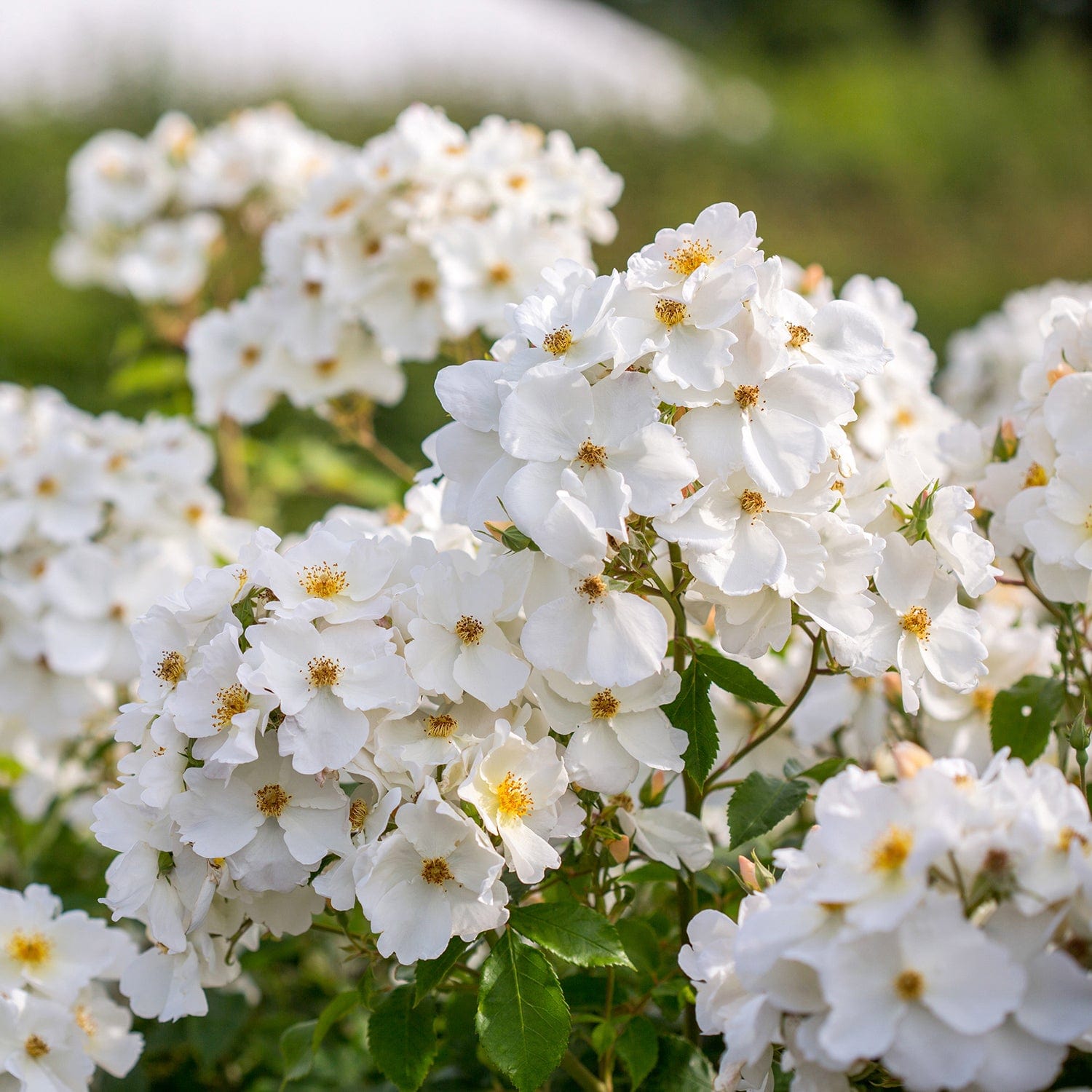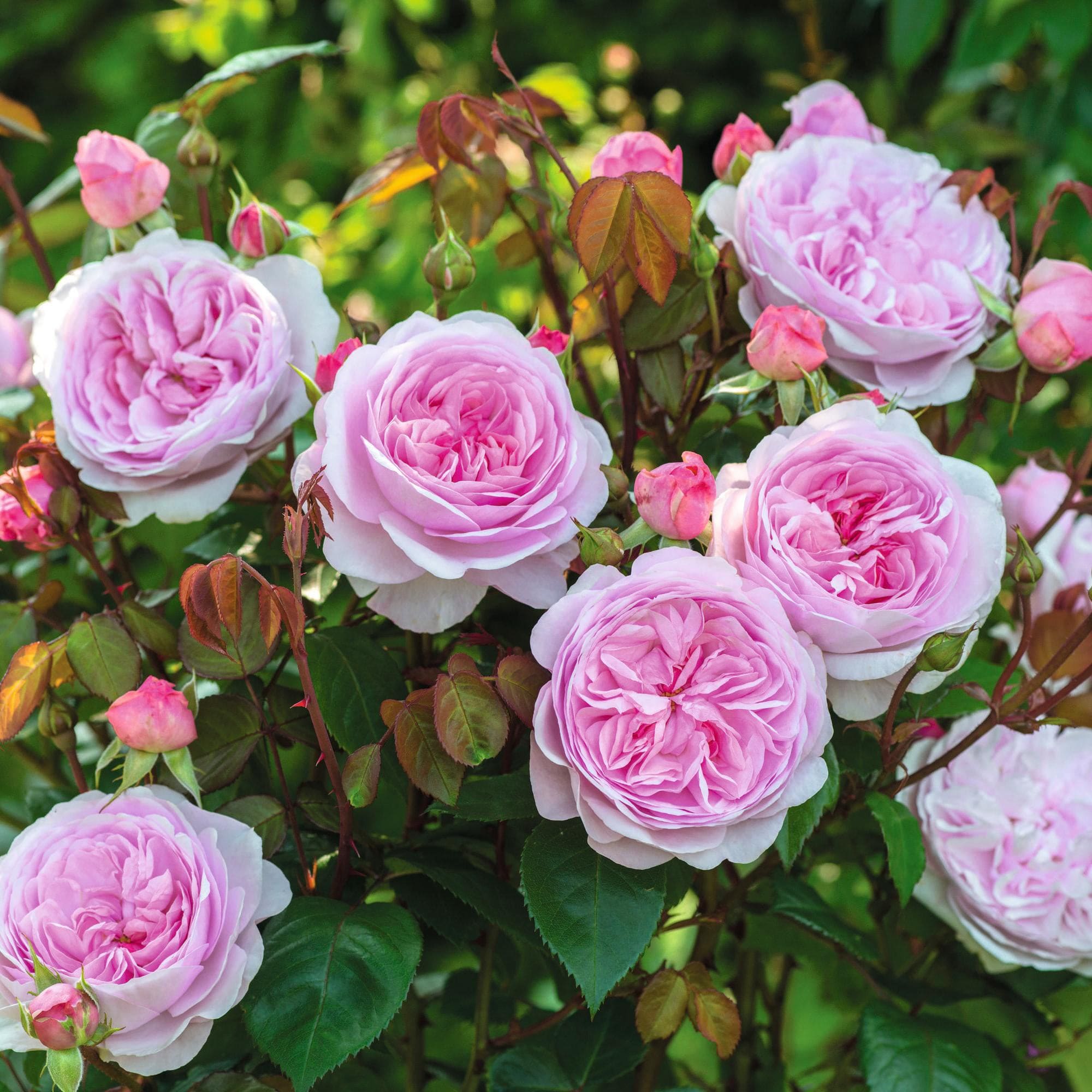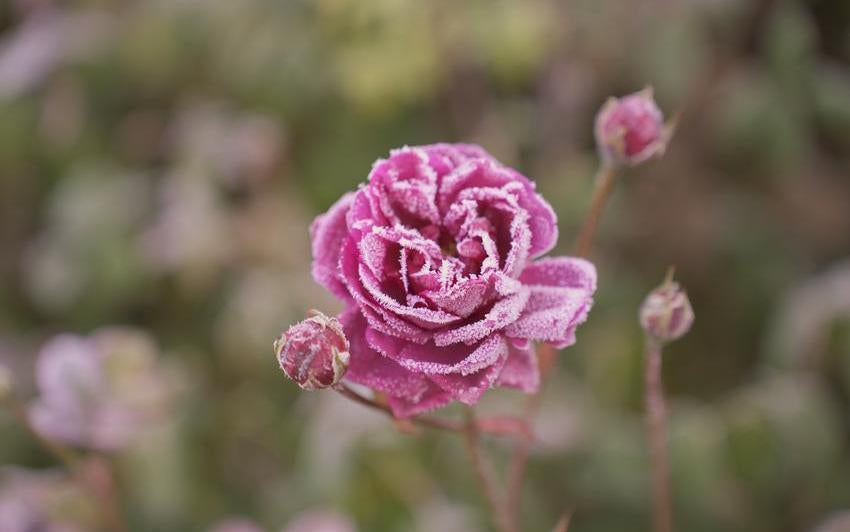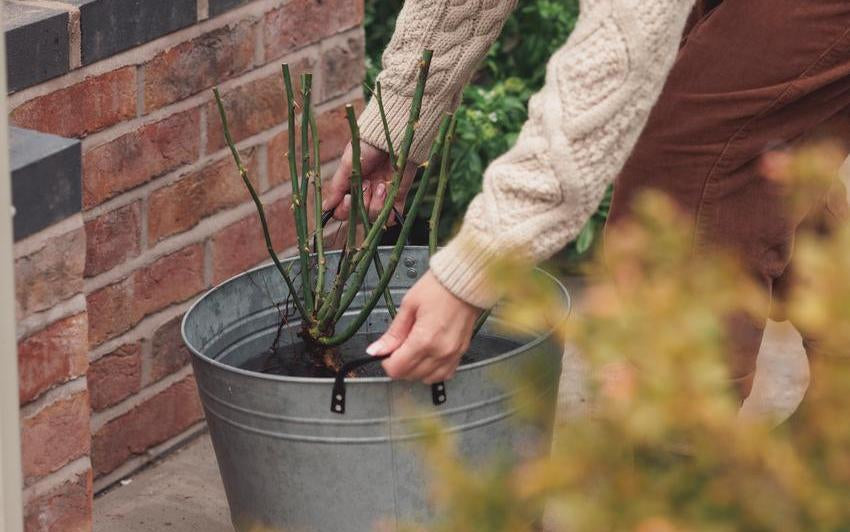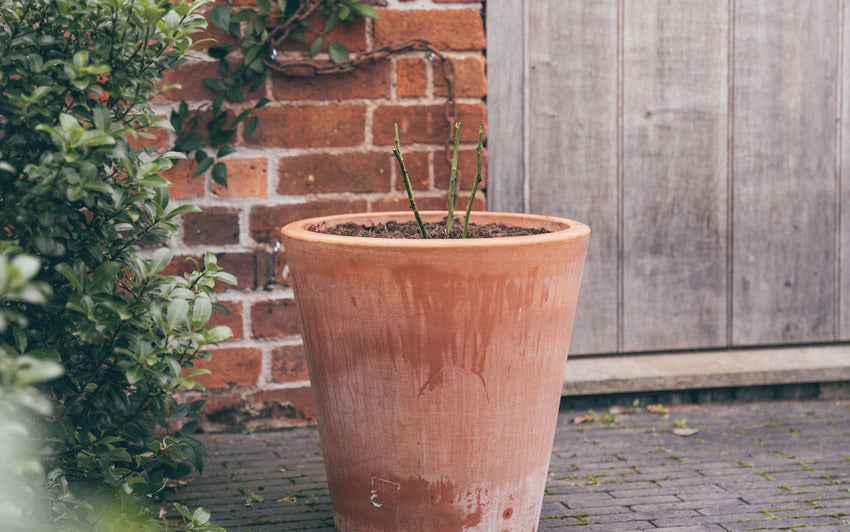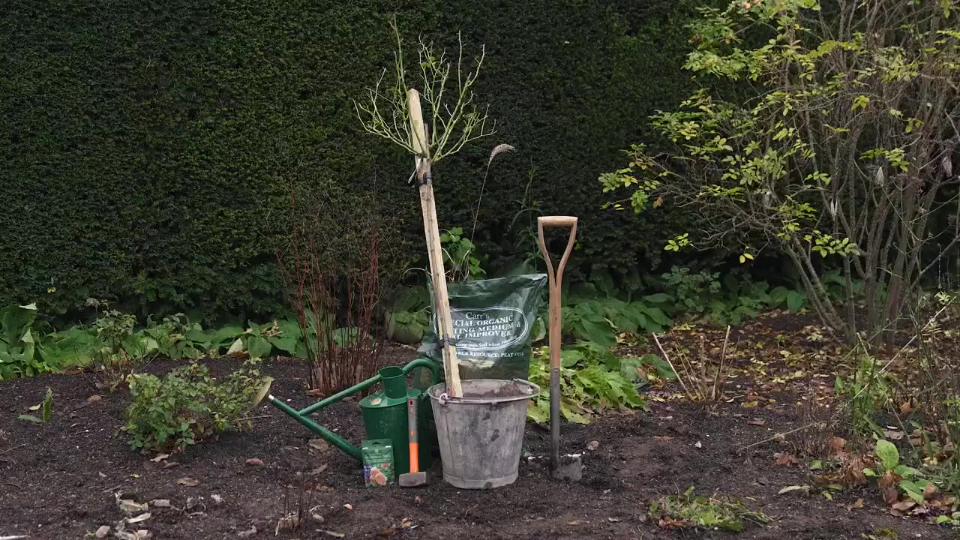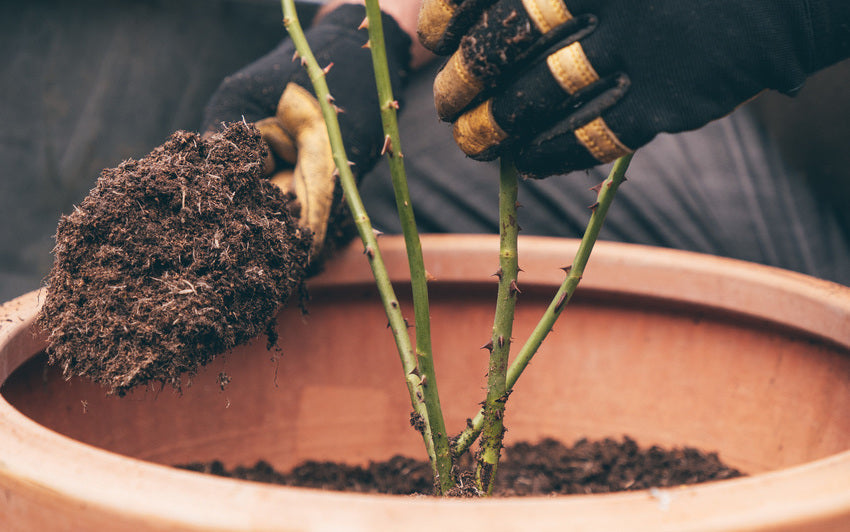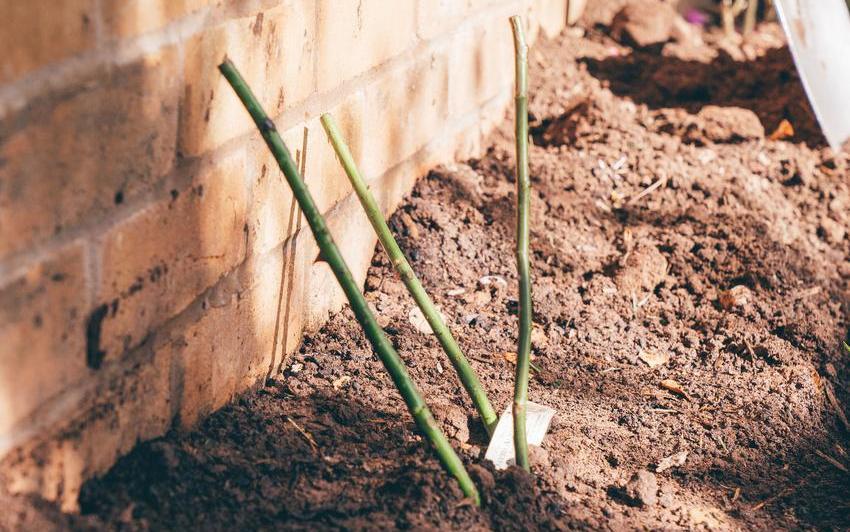How to Care for Roses in Pots: Keep Them Happy, Healthy and Flowering
Growing a rose in a pot brings beauty right to the doorstep. Whether nestled against a garden bench, standing proudly on a sun-drenched terrace or softening the edge of a courtyard, container roses offer a graceful solution for smaller spaces. With the right care, they will flourish for many years to come.
Choosing the Right Pot
A successful rose begins with a suitable home. Roses need depth and room to thrive. Choose a container with an internal size of at least 18 by 18 inches (45 by 45 centimetres). Larger varieties, those that reach about 5 feet (1.5 metres) or more, will benefit from even more space.
Climbing and rambling roses up to 12 feet (3.6 metres) can be grown in pots if the container is at least 24 inches (60 centimetres) wide and deep. Keep in mind that roses grown in pots may not reach their full height, but they will still offer generous flowering.
Make sure the pot has drainage holes to avoid waterlogging. Terracotta, stone or frost-resistant resin all make good choices. Dark-coloured containers tend to absorb more heat, so during warmer weather they may need extra watering.
Preparing the Compost
The growing medium should offer both nutrients and structure. A 50 to 50 mix of repotting compost and all-purpose compost creates a balanced, well-aerated blend that retains moisture without becoming heavy.
Before planting, place a shallow layer of drainage material such as gravel or broken pottery at the base of the pot. Position the rose so the base of its stems sits roughly 2 inches (5 centimetres) below the final soil level. Sprinkle in a mycorrhizal fungi preparation if available to support healthy root growth. Fill around the plant with compost, gently firming as you go, and water thoroughly to settle everything in place.
Keeping the Soil Moist
Roses in pots dry out more quickly than those in the ground and need regular watering, particularly in warm or windy weather. In summer, daily watering may be necessary. To check if it is time to water, insert a finger about 2 inches (5 centimetres) into the soil. If it feels dry, water the plant.
Water in the morning if possible. This allows the leaves to dry off during the day, which helps prevent fungal issues. Always direct water to the base of the plant rather than the leaves.
Feeding for Health and Bloom
Roses are generous with their flowers but need feeding to remain vigorous. Begin in early spring with a slow-release fertiliser made for roses. From late spring through midsummer, supplement this with a liquid seaweed feed or rose fertiliser every two weeks to encourage strong growth and repeat blooming.
Consistent feeding supports lush foliage, repeat flowering and overall plant vitality.
Refreshing the Compost
Over time, compost loses its nutrients and structure. After four to five years, it is best to remove the rose from the pot, prune it back to make it easier to handle and replant it in fresh compost. This rejuvenates the plant and encourages long-term health.
If replanting is not possible, remove the top few inches (around 5 to 7 centimetres) of compost each spring and replace it with fresh. A mulch of well-rotted manure or garden compost will also help feed the rose and improve soil texture.
Long-Term Companionship
With a little attention, a rose in a pot can be just as rewarding as one grown in the ground. Whether placed on a small balcony or by the front steps, it brings charm, colour and fragrance wherever it grows. Water regularly, feed generously and refresh the compost when needed, and your rose will continue to flourish for many seasons to come.

